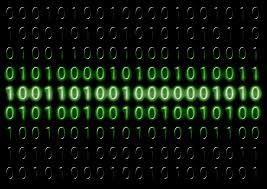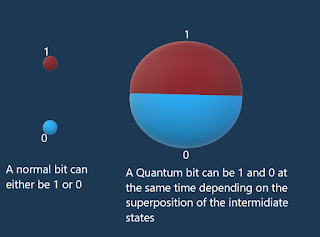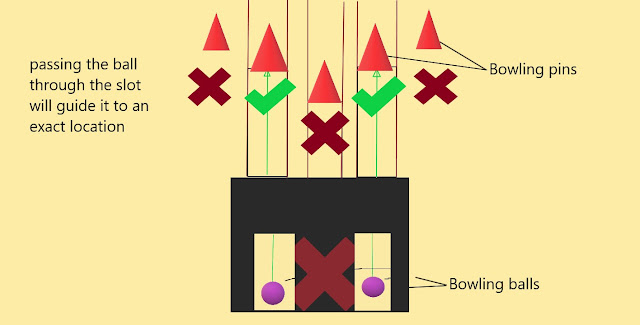The dead-end of computer processing !!
Computer, the magical machine that we spend most of our time using, it became a necessity in our daily lives, it's needed for work, entertainment and almost any technology depends on computing and automatization. But have you ever wondered how does this little machine execute these tons of information and data with ease?
You just need to enter the input that needs to be processed and then leave it the rest of the job.
To understand the general idea about how computers function let's start with the basics and the question is: What is information?

The answer is simple it's 0 and 1 which are called bits but it's not that simple. In fact, every information is a combination of bits. If you want to write a word you need a line of bits which differ from one to another. However, if you want a paragraph you need a page of bits and the more complicated the information gets the more bits you need arrange, that's why images often require pages of bits and videos require books of bits. Also, the quality of the info affects the number of bits so there is a lot of difference between a 360 px video and a 1080 HD video.
Bits are like construction materials that are the fundamental requirements for building a structure.
However, buildings do not build themselves they require constructors and engineers to organize the labor. It's almost the same for bits because they need some basic components that arrange the treatment of information making the process more fluid.
This all happens in the construction site known as the circuit ship, the ship contains basic modules which are all the possible mathematical operators the computer needs to execute to obtain all sort of information. There are some modules for addition, division, multiplication, complex numbers....
These modules contain even smaller components which are the logic gates NOT, OR, AND, NAND, XOR, NOR and XNOR.
They weren't called gates for nothing because they are built so each one allows possible combinations of information, the gate can be closed when it gives a 0 or opened when it gives a 1 and to make things simpler let's consider the example of one of them, say the AND gate. Knowing that the 1 and 0 can be associated to TRUE and FALSE when we talk about logical circuits, the AND demands that the two upcoming data sources are both correct, it's true and true ( 1+1=1, 1+0=0, 0+0=0). The rest of gates can be found on Wikipedia, just type "logic gates" in my wiki homepage widget.
These logic gates are composed of smaller components called transistors which are the simplest form of computer processor that can also be considered gates or better say switches that can either block or pass information that is coming through and based on their state ( on or off ) we get our logic gate results.
Have you ever seen the first ever built computer?
The picture shows how gigantic it was, imagine that you have to build an entire wide room to just place a computer that can process very limited data besides being over-expensive.
But today, things are getting much smoother and you must notice how computers are evolving in the last decade, they're getting smaller and smaller yet, so much performing.
This is all due to the understanding of materials like metals and conductive circuits. This knowledge allows us to harness the full potential of these materials and break the borders we thought they were impossible to cross!
But how small can we get? Is there any possibility of making microscopic ships that are composed of a countable number of atoms and use them as alternatives for today's becoming outdated technologies?
Don't get excited, in fact, we almost reached the limits of how small the components can be and we witnessed some difficulties going any further. So what's the matter?
Let me ask you something: What is affected by the thickness of a material? If you guessed it then congratulations on being able to connect what I said in the previous post and this one.
The main trouble is nothing else than the famous "Quantum Tunneling" phenomenon.
Let's make a brief reminder, we said that electrons have the possibility to exist beyond a barrier and the thickness of the latter exponentially affects this probability making it more often for electrons to escape. We, unfortunately, approached the limit of the minimal border that prevents the tunnel effect so the thinner the barrier of the ship gets the more likely we encounter an information leakage that can be crucial and unforgivable for any computer manufacturers for the various troubles it can generate like deleted information or file crashing and even online bank account will be no longer secure and easily hackable. So what's the cure? Is it really the limit of technology? Do we really have to sit down arms crossed and enjoy what we have?





Comments
Post a Comment